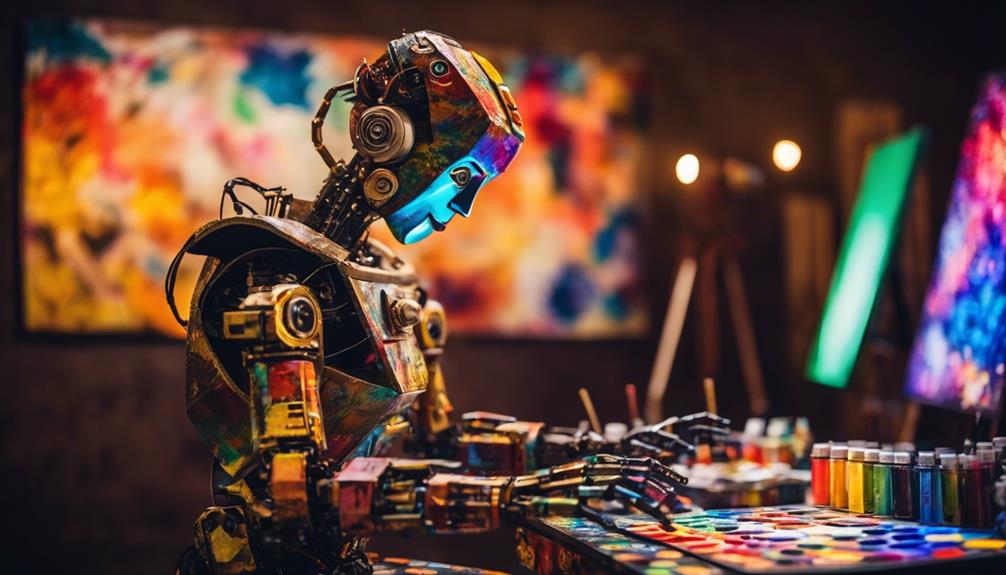Creative Commons in AI Art: Exploring Its Role
Creative Commons stands out as a critical figure in AI art, ensuring the blend of creativity and technology adheres to copyright norms. Through its various licenses, Creative Commons makes it possible to use existing artworks responsibly and encourages open exchange and cooperation. This dynamic has significant implications for the growth of generative art technologies and their effects on creativity. It raises vital questions about copyright, innovation, and the future of artificial intelligence in creative fields.
Creative Commons is crucial in managing the delicate balance between innovation and copyright rules in AI art. This organization offers different licenses that meet the needs of artists and AI programmers, promoting the lawful utilization of original works. It also inspires a community driven by openness and collaboration. Reflecting on how these licenses influence the advancement of AI in art, we’re prompted to think more deeply about the relationship between copyright laws, creative expression, and the evolution of AI in the art world.
Key Takeaways
In the AI art scene, Creative Commons is pivotal, balancing creativity and copyright. It offers licenses for using art legally, fostering open collaboration. Here’s why it matters:
- Creative Commons licenses fuel AI art innovation.
- It promotes the legal use of artworks, nurturing cooperation.
- Raises questions on copyright’s future with AI in creativity.
Creative Commons is essential in AI art, offering licenses for legal artwork use and encouraging open collaboration. Reflecting on these licenses helps us consider the future of copyright in creative AI advancements.
The Intersection of AI and Copyright
The growth of artificial intelligence has brought new challenges to the world of copyright, especially regarding AI-created content. This situation has sparked a debate about who owns the rights to such content and how it’s shared. Creative Commons is at the forefront of addressing these issues, offering licenses that allow creators to share their works under specific conditions. This system is designed to keep things fair, ensuring creators can share their work without losing control.
The legal issues around AI and copyright are still quite unclear. There’s a big question about whether AI-created content that uses copyrighted material can be considered fair use. This is a grey area that hasn’t been fully figured out yet. Creative Commons is vital in helping people understand their options for sharing content. This is crucial for ensuring that AI art’s creation respects original creators’ rights while encouraging innovations.
In essence, navigating the intersection of AI and copyright challenges us to find a balance. We must respect the rights of those who create original content while embracing AI’s possibilities. Striking this balance requires clearly understanding the legal and ethical considerations involved.
Decoding Creative Commons Licenses
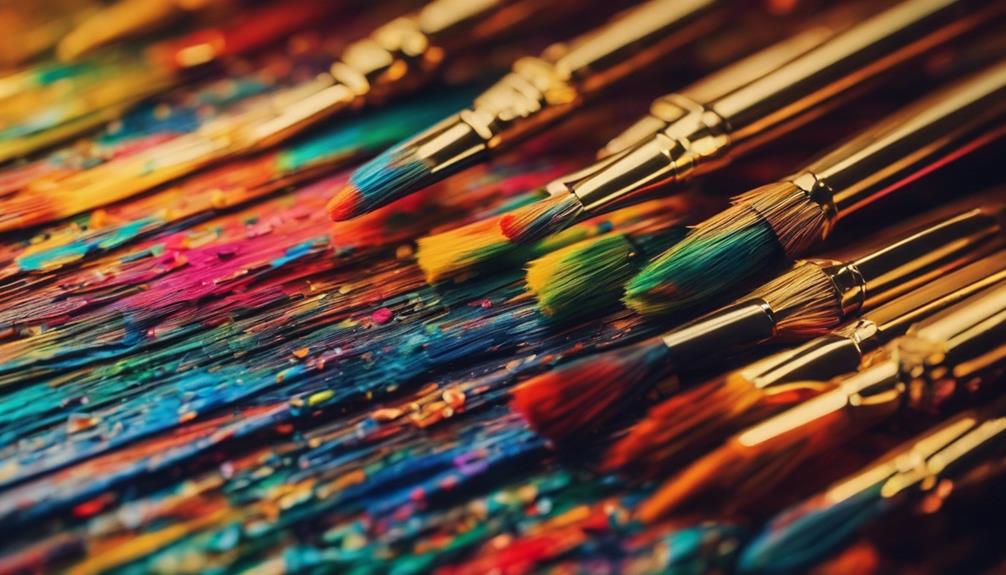
Understanding Creative Commons (CC) licenses is critical for AI artists as they navigate copyright laws in their creative processes. These licenses offer various legal paths for sharing and reusing copyrighted content, which is especially beneficial for those creating AI art. They provide a way for creators to set how others can use their work, offering everything from open sharing to tighter restrictions. This flexibility is essential for AI artists to use diverse resources legally in their artwork.
Creative Commons licenses outline specific rules and limitations. This guidance helps AI artists use existing works without violating copyright laws. Knowing how to interpret these licenses is crucial for respecting copyright while still being able to incorporate CC-licensed works into their projects.
In short, grasping the details of CC licenses allows AI artists to work confidently within legal limits. This understanding ensures their innovative creations respect existing copyright laws, enabling a respectful and legal use of shared artistic resources.
AI Training on CC-Licensed Works
Using Creative Commons (CC) licenses for AI training opens up a world of possibilities for developers. It’s like finding a treasure map that leads to a wide range of materials you can use freely and legally. This mix of AI and CC-licensed content is a bit like training a new puppy – it requires understanding, patience, and a clear set of rules to follow. These licenses are the key to using open content in a way that respects the original creators and ensures your AI projects are on the right side of the law.
Compliance with these licenses means developers can work without worrying about legal issues. It’s like teaching your dog to stay within the yard. A legal framework gives a structured way to use this content, much like a training guide for teaching tricks. The ethical use of these materials is about respecting the creators’ wishes, similar to treating a pet with kindness and care. Access to diverse material helps in training more knowledgeable and capable AI models, identical to how exposing a dog to different environments can help it learn better.
Incorporating CC-licensed works into AI training is not just about following the law. It’s also about making sure we’re using technology in a way that’s respectful and responsible. Developers need to understand the rules for using CC-licensed materials, just like pet owners need to know how to care for their dogs. This ensures their projects are beneficial and don’t harm anyone.
Generative AI and CC Licensing Impact
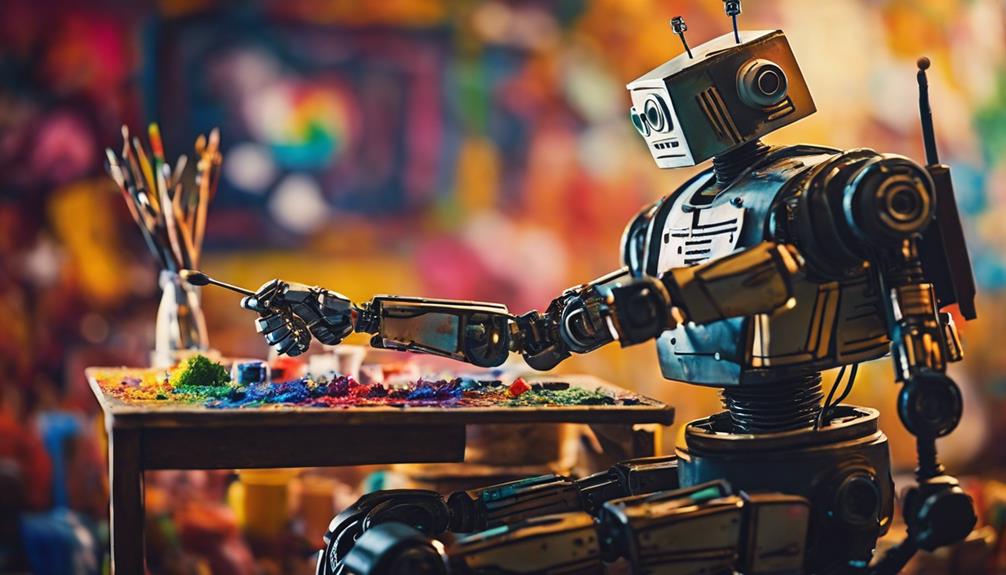
Blending Creative Commons (CC) licenses with generative AI is reshaping the boundaries of art creation and copyright in our digital era. As AI tools become more common for crafting artwork, we face new challenges regarding copyright and permissions. Creative Commons licenses offer a way to navigate these challenges, making it easier for AI-generated art to be shared and built upon.
Clarifying the copyright status of AI-created pieces is crucial, mainly when these works might not involve human creativity. Using a CC0 license, for example, can help by making these artworks freely available for anyone to use or distribute. This approach simplifies the legal landscape around such art.
Creative Commons licenses also provide a legal framework for the permitted reuse and adaptation of AI-generated works. This is vital for encouraging innovation while ensuring copyright laws are respected. It’s a balance that promotes the growth of creative works in the digital age.
Moreover, when AI models are trained, they must comply with CC licenses. This is important because it impacts how AI can use and learn from existing content. Ensuring compliance with CC licenses during AI training emphasizes respecting copyright in developing AI-generated content.
Creative Commons and generative AI together are finding ways to ensure that creativity continues to thrive legally. This partnership between CC licensing and AI in art creation is paving a path where innovation and copyright can exist, fostering a future where art and technology grow together.
Beyond Copyright: A New Paradigm
Creative Commons licenses are leading the charge in an exciting new era. They’re making AI-generated art much more accessible than ever before, breaking down the barriers set by traditional copyright laws. This change isn’t just about legalities; it’s a move towards a culture that values sharing, creativity, and collective innovation. Now, art that’s powered by artificial intelligence can be freely distributed, transformed, and reimagined in ways we’ve never seen before.
| Aspect | Before Creative Commons | With Creative Commons |
|---|---|---|
| Accessibility | Limited by copyright laws | Widely available |
| Innovation | Restricted | Greatly promoted |
| Collaboration | Often isolated | Based on community and cooperation |
| Adaptability | I stuck to the original | Flexible and evolving |
| Inclusivity | Narrow | Open and varied |
Thanks to Creative Commons, the world of AI art is now more open and inclusive. Everyone can access and share creations, sparking more innovation. Instead of keeping ideas locked away, artists and creators can collaborate, leading to new and exciting developments. This approach encourages a dynamic evolution of art, where adaptability and inclusivity are key. Art is no longer just for a select few; it’s for everyone to enjoy and participate.
Empowering Creators in the AI Era
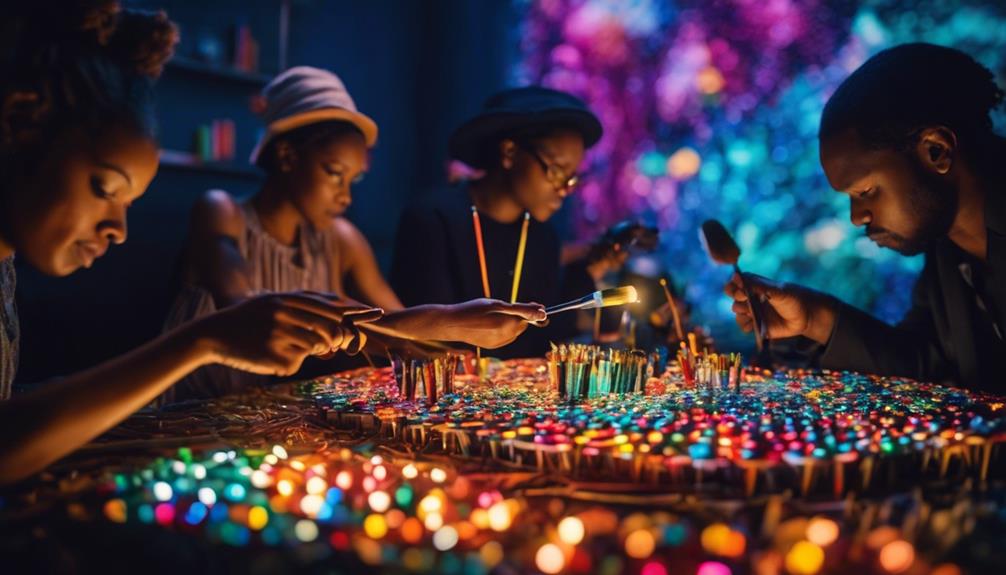
In the era of AI-generated art, Creative Commons plays a vital role. It ensures that the explosion of creativity by new technologies includes respect for the creators. This respect is shown through acknowledging the creators’ contributions and ensuring they are fairly compensated.
Creative Commons licenses make it easier to share and reuse content. This openness helps everyone access knowledge and creativity. It ensures artists are recognized and paid for in the fast-changing digital world.
The commitment to ethical development in AI art highlights the need for a balance. It’s about respecting the rights of creators while also encouraging new inventions. Creative Commons protects creators‘ rights in this new age, emphasizing the human element in a field increasingly dominated by technology. This approach supports the creators and ensures that the world of knowledge and creativity continues to grow responsibly and vibrantly.
The Future of AI Art and CC
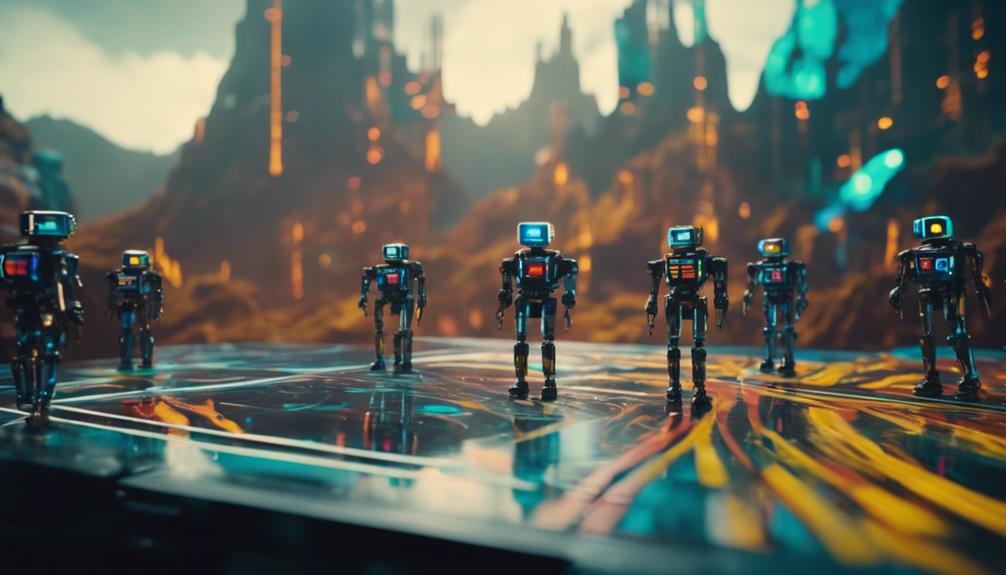
The intersection of technology and creativity brings us to a pivotal moment for AI art and Creative Commons. With the rise of artificial intelligence in the art world, we’re seeing new challenges and opportunities in how art is created, shared, and owned. Creative Commons licenses, such as Creative Commons Attribution and CC0, are crucial for AI-generated art. They make it easier to legally share and build upon this new art form, fostering a culture of openness and respect for the rules.
Yet, copyright issues are just the tip of the iceberg. The ethical and legal questions around AI art delve into privacy, consent, and bias. This means we need to think bigger. Encouraging Creative Commons licenses for AI art isn’t just about clarifying who owns what. It’s about pushing for ethical creation and sharing, ensuring we’re moving forward with fairness and for the benefit of all.
As AI technology advances, keeping focused on transparency, ethics, and compliance is critical to ensuring AI art adds value to our shared pool of knowledge and creativity.
Engaging the Community for Change
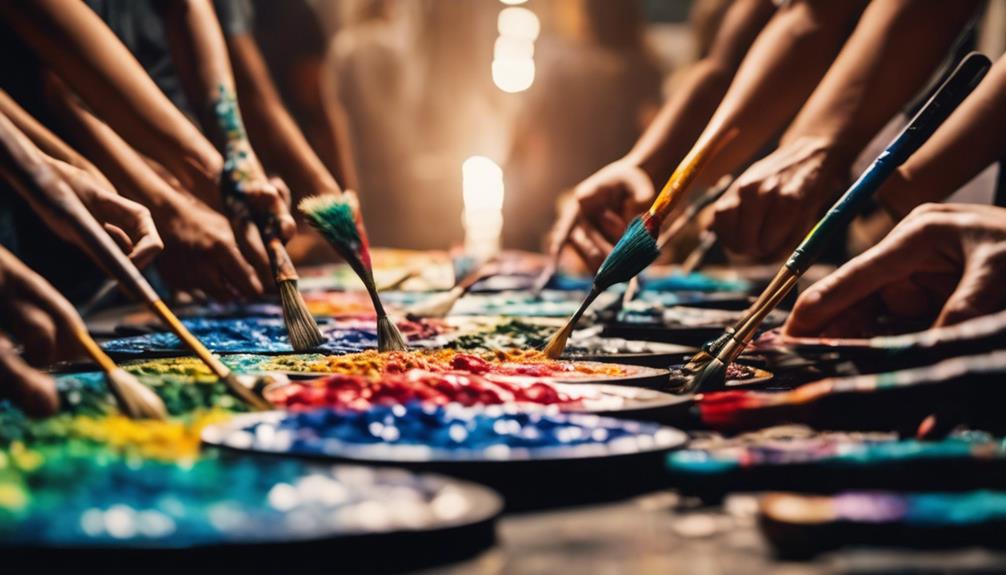
To tackle the intricate ethical and legal aspects of creating art with AI, it’s vital to include the voices and views of a broad community. Creative Commons knows how crucial it is to work together, valuing community-driven efforts to face the challenges and chances AI art brings. This approach is about working together and respecting everyone’s rights and innovative spirits.
One essential part of this is uniting different people. By gathering artists, legal minds, tech experts, and everyday people, Creative Commons ensures a comprehensive look at AI art’s effects. This mix of perspectives helps shape guidelines and solutions that are well-rounded and informed.
Another primary focus is on developing ethical and legal standards. With input from the community, Creative Commons aims to create a balance between innovations and protecting intellectual property. This joint venture is about setting up rules for making AI art responsibly.
Lastly, it’s about giving power to the community. The goal isn’t just to tackle today’s issues and prepare for future ones. Creative Commons provides resources, tools, and spaces for discussion to help everyone stay informed and ready for what’s next in AI art. This support is critical for a community equipped to handle the ongoing changes in AI art creation.
Frequently Asked Questions
What Is the Purpose of Creative Commons?
- Creative Commons supports a culture of sharing and remixing.
- It boosts access to educational and digital resources.
- Offers alternatives to traditional copyright practices.
How Does Copyright Work With AI Art?
- Legal systems must adapt to AI art rights.
- Ethics and ownership in art creation need clear rules.
- Profit sharing must be fair in AI-generated artwork.
What Is the Role of AI in Creativity?
- AI transforms inspiration into novel designs.
- This technology boosts human creativity.
- It enables new forms of artistic expression.
What Is the Meaning of Creative Commons in Art?
- Creative Commons fosters a culture of sharing in art.
- It allows for global access and community collaboration.
- Attribution remains crucial, as well as respecting creators’ rights.
